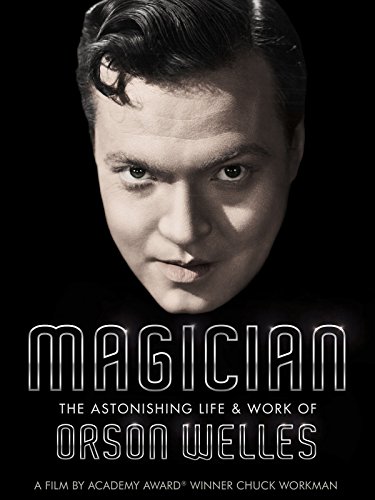Directed by and starring Orson Welles, The Stranger is a taut, atmospheric film noir thriller that explores themes of identity, justice, and the lingering shadows of World War II. Featuring Edward G. Robinson and Loretta Young, the film was Welles’s third directorial effort and the first Hollywood film to incorporate actual Holocaust footage.
Plot Summary
Mr. Wilson (Edward G. Robinson), an agent of the United Nations War Crimes Commission, is on the hunt for Franz Kindler, a high-ranking Nazi fugitive. Kindler has erased all traces of his identity—except for one obsession: clocks. Wilson releases Kindler’s former associate, hoping he’ll lead him to the fugitive.
Kindler, now living under the alias Charles Rankin, is a prep school teacher in a quiet Connecticut town and is about to marry Mary Longstreet (Loretta Young), daughter of a Supreme Court justice. As Wilson closes in, Kindler’s facade begins to crack, leading to a tense and deadly climax in the town’s clock tower, a symbolic centerpiece of the film’s suspense.
Cast Highlights
- Orson Welles as Charles Rankin / Franz Kindler
- Edward G. Robinson as Mr. Wilson
- Loretta Young as Mary Longstreet
- Philip Merivale, Richard Long, and Billy House in supporting roles
Behind-the-Scenes Trivia
- Editor Ernest J. Nims was given permission to cut scenes freely, resulting in nearly 30 minutes removed from Welles’s original version—including 19 minutes from the opening. These cuts are now considered lost
- Despite Welles’s mixed feelings about the final product, The Stranger was the only film he directed that turned a profit upon initial release
- The term “Carthaginian peace”, used in the film, refers to a peace settlement so harsh it ensures the defeated side remains subjugated indefinitely—a chilling echo of the film’s themes



Comments are closed, but trackbacks and pingbacks are open.